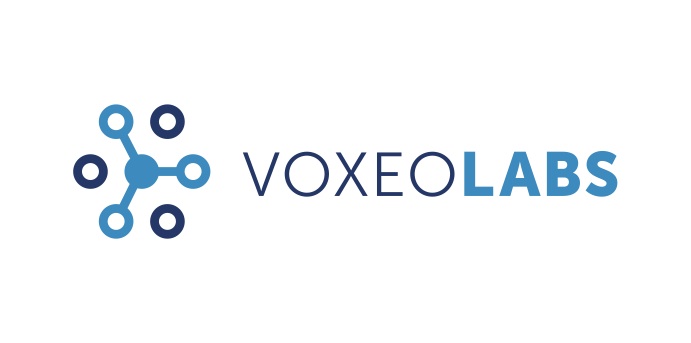![]() The WebRTC pre-conference workshop at the IMS World Forum was well attended, close to 70 people, with a 50:50 split between suppliers and operators. The agenda was structured so the morning was spent reviewing WebRTC technically and commercially, then we had WebRTC demos in the afternoon showing how WebRTC can be mashed up in many innovative ways. I show below the slides Jose de Castro, CTO of Voxeo Labs, and I presented; as well as all the demos. Jose gave lots of live demos of the components of WebRTC live from his web browser through the workshop.
The WebRTC pre-conference workshop at the IMS World Forum was well attended, close to 70 people, with a 50:50 split between suppliers and operators. The agenda was structured so the morning was spent reviewing WebRTC technically and commercially, then we had WebRTC demos in the afternoon showing how WebRTC can be mashed up in many innovative ways. I show below the slides Jose de Castro, CTO of Voxeo Labs, and I presented; as well as all the demos. Jose gave lots of live demos of the components of WebRTC live from his web browser through the workshop.
The final piece of advice I left the operators with on WebRTC was, “Keep calm and do something, just not through the GSMA or TMF.” Which was quoted by several telcos in the main conference 🙂
Arnaud, the founder and CEO of Bistri, also announced during the workshop the launch of WebRTCStats, a website to help monitor the growth and adoption of WebRTC.
Demo Time
Embed a ‘Call’ button into the website. Visitors can click that button and the call is forwarded to the website operator’s preferred land-line or mobile phone. All that is required is a website; all the visitors need is a browser and microphone.
Zingaya. Let your website visitors call you. Without a Phone. from Alexey Aylarov on Vimeo.
WebRTC mobile to PSTN from Alexey Aylarov on Vimeo.

They were going to demo Phono’s three types of identity:
- Anonymous Identity: user lands on web site and is able to call directly into the contact center.
- Web Identity: use your web identity (twitter, foursquare, etc) to call each other.
- Telco Identity: Phono sessions can attach to the telco network and assume the real identity (phone number) of the subscriber, allowing calls to be routed to both the mobile and the browser simultaneously.
<Content Coming Soon>

![]()
Provides a complete stack from the client-side with Javascript JAIN SIP JS and WebRTC as well as the server side with our SIP Over WebSockets. The demo will be of WebRTC video conferencing and IM.
<Video coming soon>
![]()
Demonstration of RCS messaging and WebRTC to access media components of devices to renew the value of the PSTN (and also mobile) lines. It shows how unified communications can be built with just a mash-up of standards and APIs.

Their approach to WebRTC is based on QoffeeSIP, a complete open source Javascript SIP stack that can be used in a website to exploit all the multimedia capabilities of WebRTC technology. Thanks to QoffeeSIP they have developed a corporate WebRTC webphone that can interop with different network devices; this webphone is going to be released at IMS World Forum event.
![]()
WebRTC / RCS insurance application demo
<Content Coming Soon>

Allows providers of fixed, mobile and next generation VoIP services to deliver audio conferencing as a direct, branded service. Hosted within your IP network on your servers, Drum audio conferencing is a standalone software solution with an integrated media server.
<Content Coming Soon>

Video chat with fun video effects, take screenshots of calls, share them with friends or social networks. Bistri runs in the browser, so there’s no need to install additional software or plugins.
Bistri Video Calls 2.0 from bistri on Vimeo.

Is a cloud communications API for developers with tools for building web or mobile communication services, with a special focus on WebRTC. The demo will show how a web developer can easily use the regular WebRTC API to place calls to external numbers and audio conference rooms accessible from the PSTN too, using a simple raw WebSocket connection that carries JSON text.

Pingback: IMS. What Choice Do You Have? IMS World Forum 2013 Summary. | Alan Quayle Business and Service Development
thanks again Alan for your invitation, Viva #WebRTC !